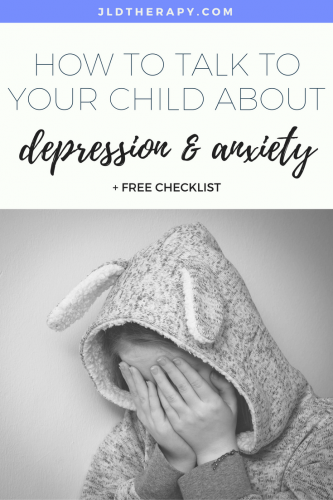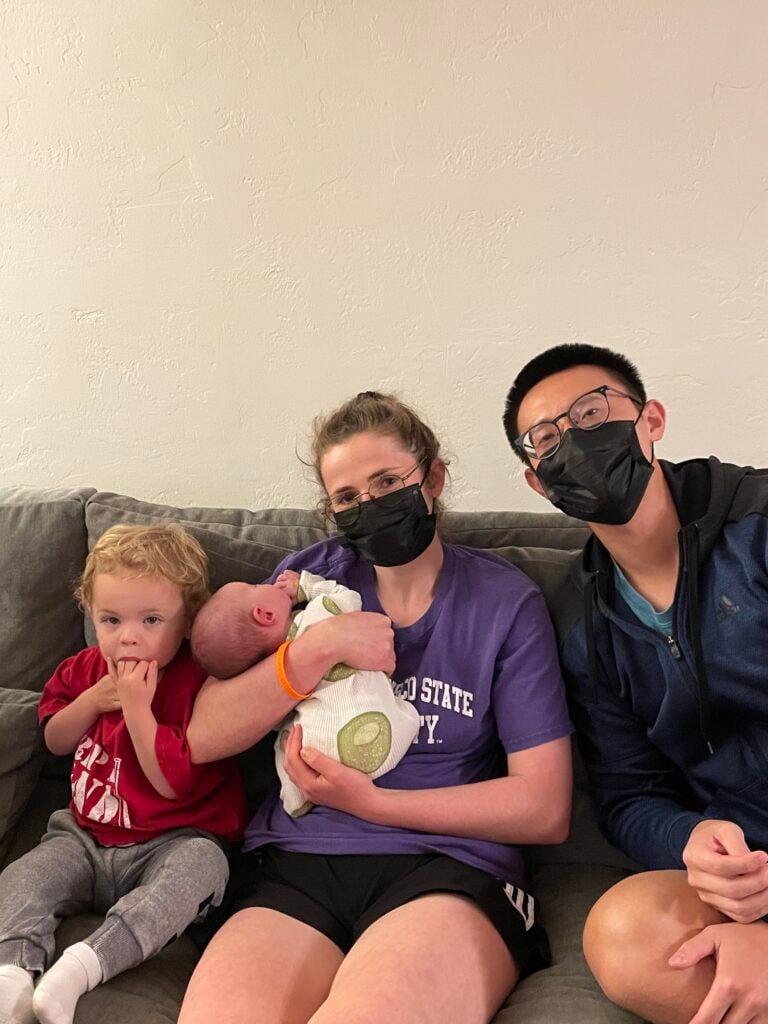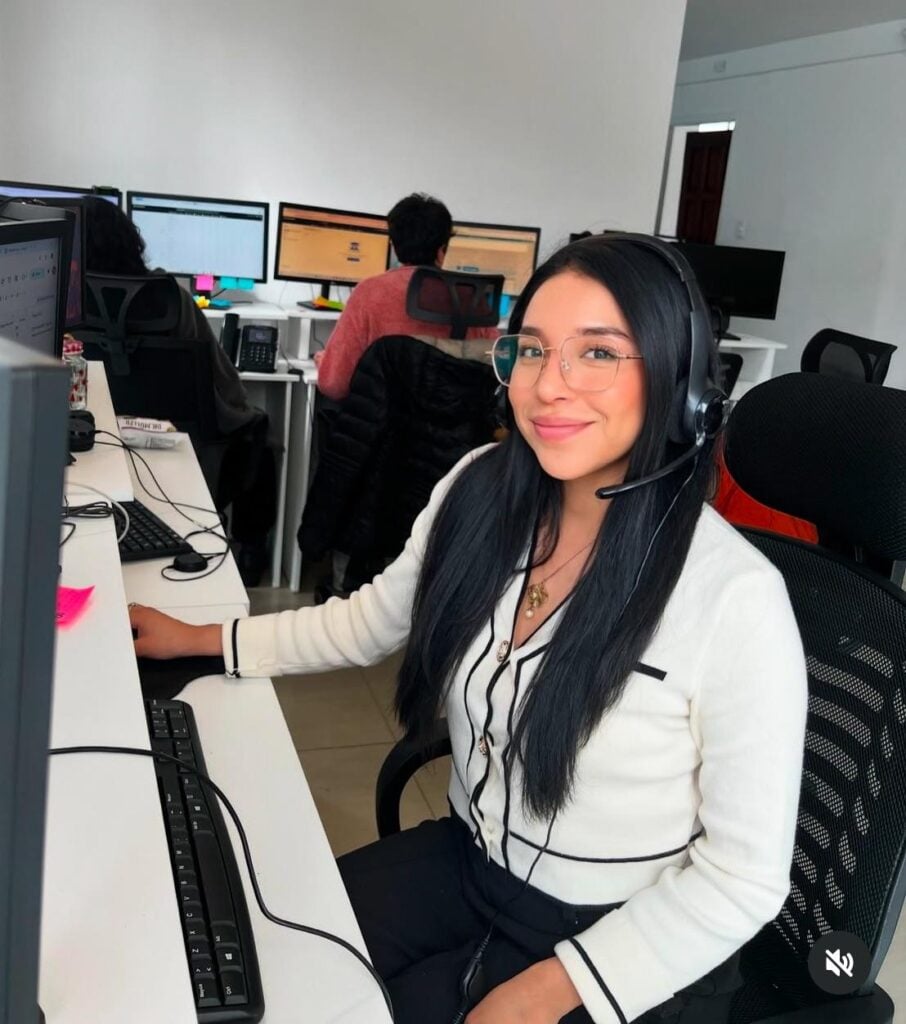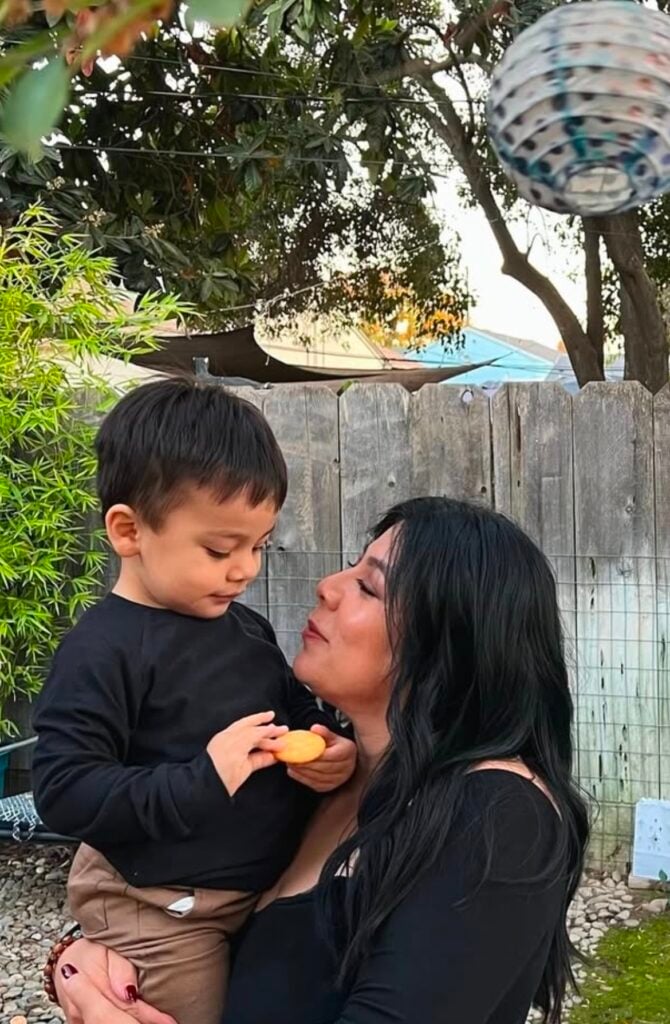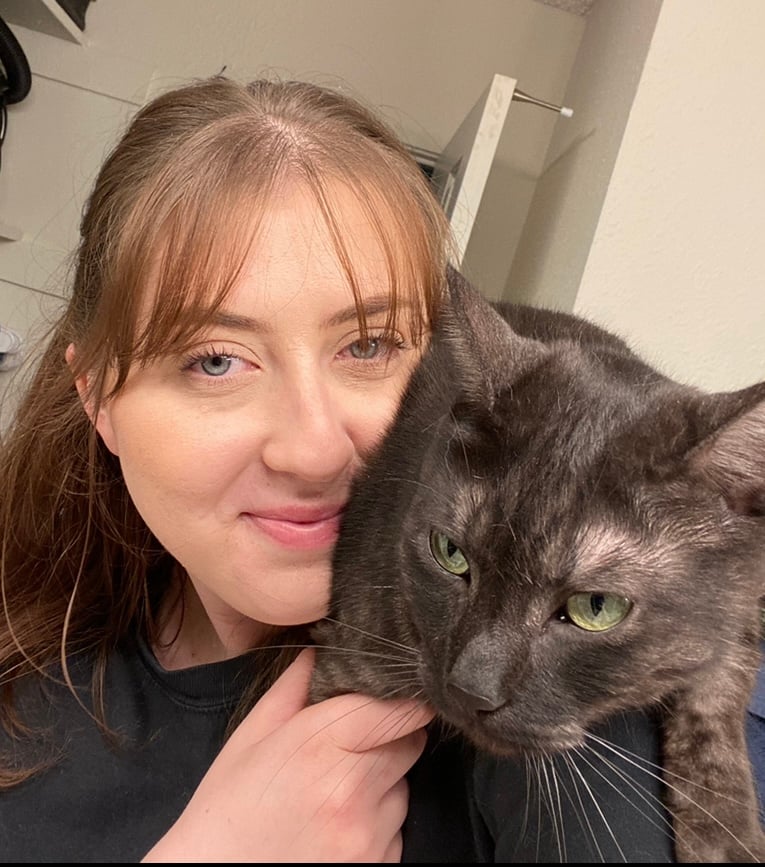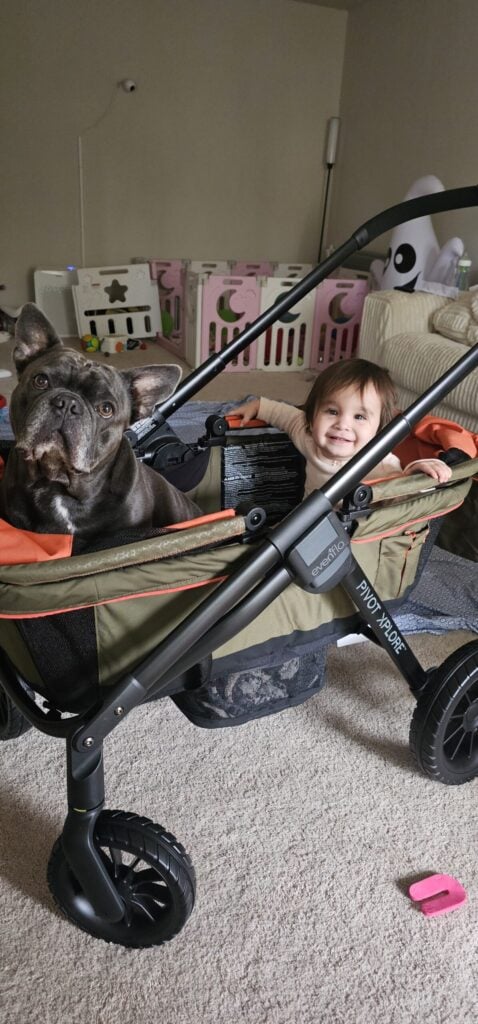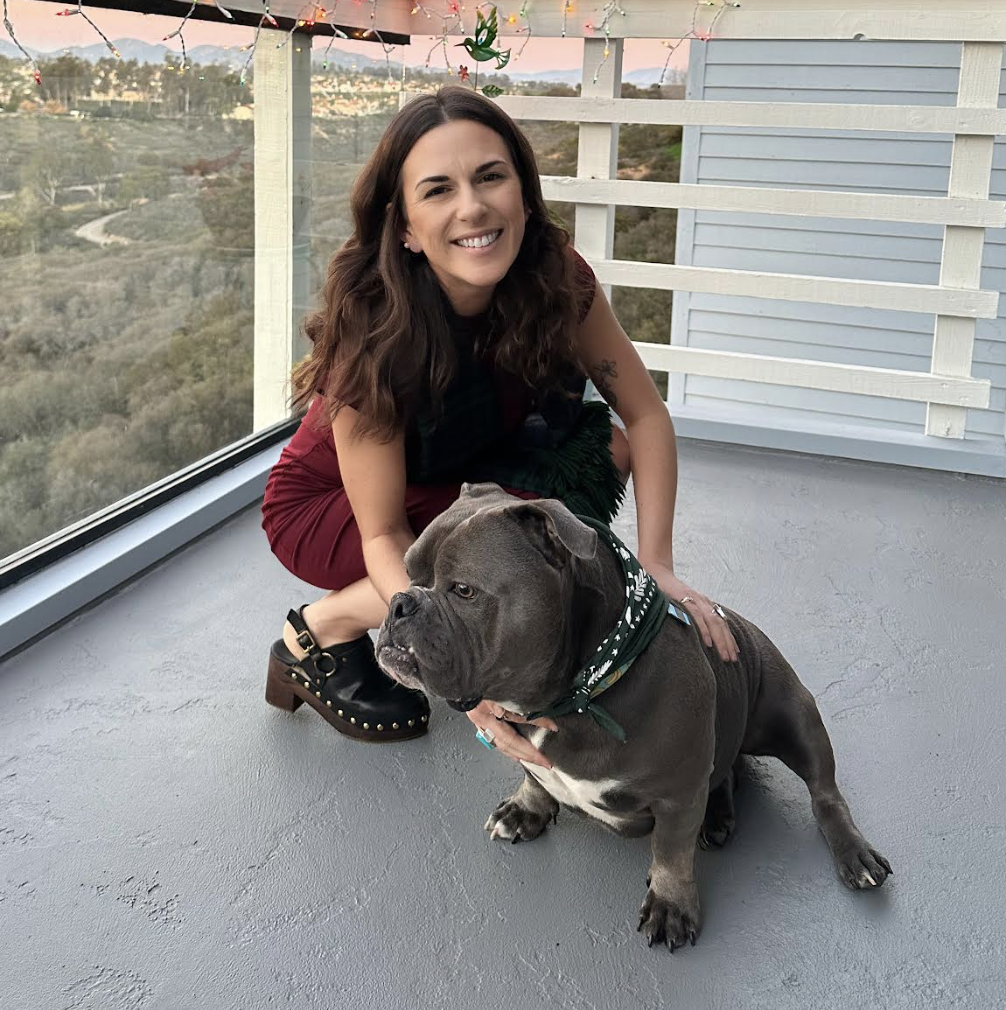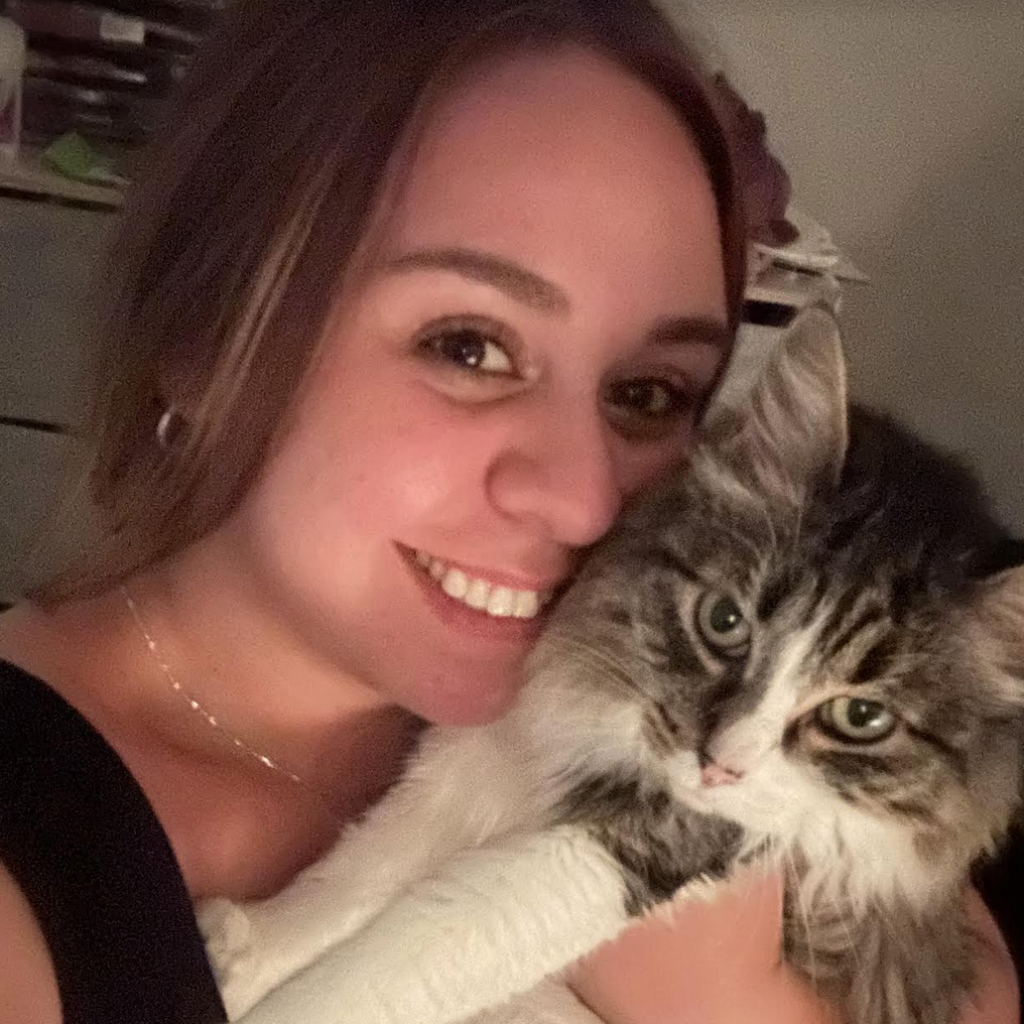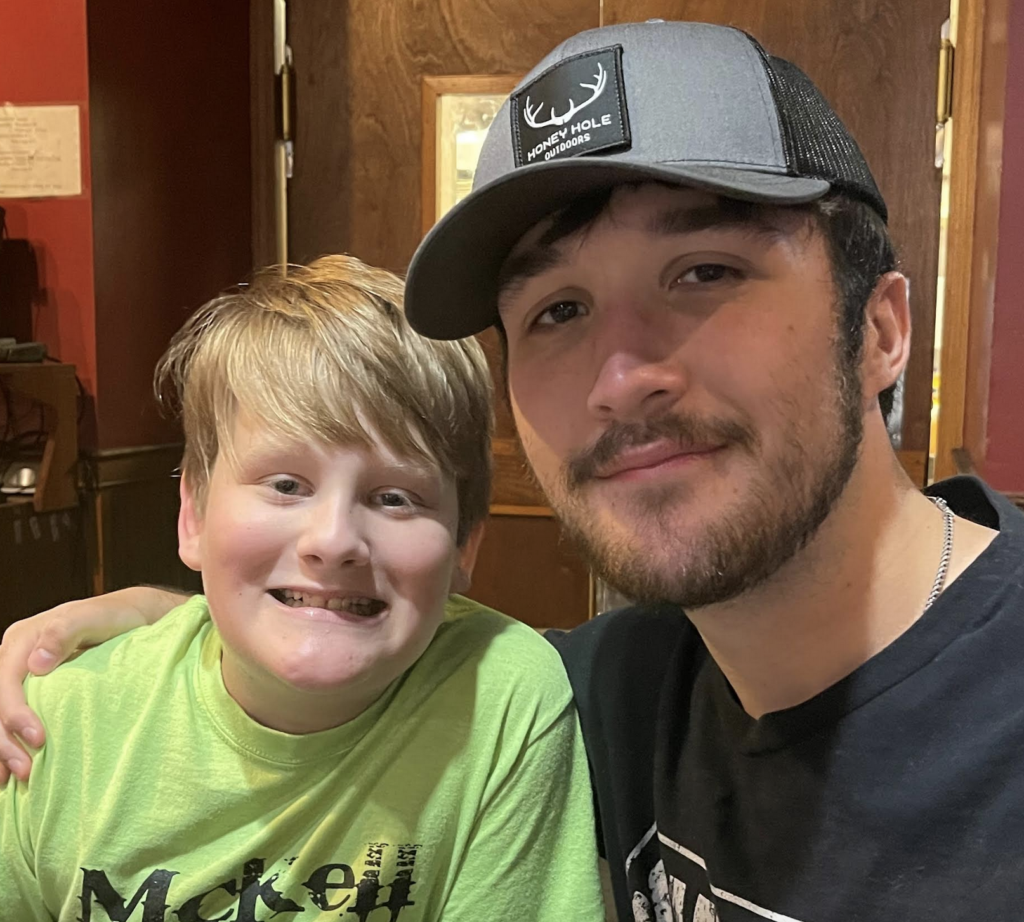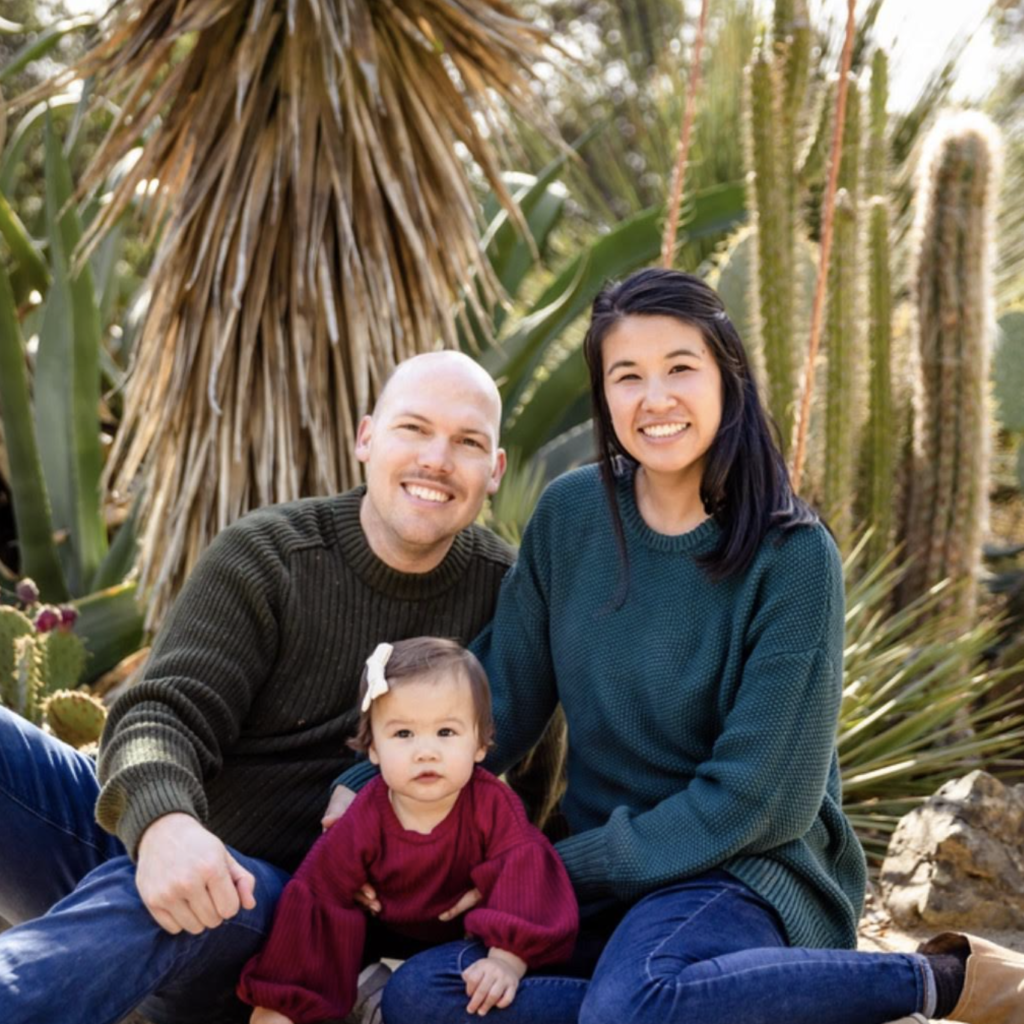It’s an epidemic no one likes talking about. Children can have anxiety and depression just like any adult can. We may not see it as depression or anxiety as they will have different ways of showing these types of illnesses.
If you feel as though your child is becoming more antisocial with others, moping around the house more often than usual, having trouble sleeping or staying asleep, anxious about little things, having more bad days than good, or having random anger outbursts… they could be experiencing more than just hormonal changes. It could be something more serious and it should be talked about.
We are going to share with you today some tips to help you talk to your child about anxiety, depression, or really any other mental illnesses out there. We have also created a printable list for you to look over anytime you are questioning your child’s behavior. The sooner we can spot it, the more likely they will be more open and honest with us about what is going on.
Do your homework before approaching your child
Go online, read some articles, talk to some other parents, seek family members – gather up all the information you can before making the official sit down talk with your child. This will give you a better understanding of what your child will be going through, what kind of questions to ask, and to approach them in a way they won’t shut down on you.
Teaching your child about anxiety and depression
Honesty is the best policy. Whenever you decide the right time to talk, the very first topic you should discuss is what it is you’ll be talking about. I strongly recommend just being honest with them in every way possible. Talk
Talk about what mental illnesses are, the differences between feeling anxious and sad over anxiety and depression. This will help your child get a better understanding of their own feelings and help them open up to you more about how they are truly feeling, and not what they think they are feeling.
Helping your child recognize depression and anxiety
Talking over symptoms you’ve noticed over a course of the week or month with your child helps them understand how they are affecting others. Not in a bad way, of course, but in a way to where they should know it’s okay to feel this way but it won’t go unnoticed. This way when they are getting these feelings, they will be more forth coming to you and not feel like they should hide out in their room. Let them know what they are feeling is very normal and it’s not a scary feeling. Even if they aren’t depressed or have anxiety, but maybe one of their friends do – this will give them an outlet to help them figure out a way to help their friends overcome their emotions.
Let them know what they are feeling is very normal and it’s not a scary feeling. Even if they aren’t depressed or have anxiety, but maybe one of their friends do – this will give them an outlet to help them figure out a way to help their friends overcome their emotions.
Ask the right questions
Instead of asking, “Why are you sad all the time?” you should be asking, “Can you give me some positive things that happened throughout your day?” This way, you’re starting off with something that is making them realize there are good times in their lives. After you bring up the positives, bring in the unwanted feelings such as “What made you most anxious today?” or “Tell me about what made you really upset today at school.” This way, you can break down little by little what may be triggering these feelings.
After you bring up the positives, bring in the unwanted feelings such as “What made you most anxious today?” or “Tell me about what made you really upset today at school.” This way, you can break down little by little what may be triggering these feelings.
Asking the wrong questions can make a child shut down and want you to just leave them alone. We don’t want to encourage the isolation and shutting out, so let’s bring up the good times before the bad. It also helps to talk about your own emotions. What made you sad, happy, anxious, mad that day. This will reassure your child that all the feelings they are flooded with are a natural occurrence and they will be more willing to be open with you.
What made you sad, happy, anxious, mad that day. This will reassure your child that all the feelings they are flooded with are a natural occurrence and they will be more willing to be open with you.
Reassure them everything will be okay
Sometimes all we need is to know everything is going to be okay. It is so true with children that they look for approval through their parents and sometimes, they are scared to let their weaknesses show. By letting your child know what you’re scared of and what your weaknesses are, this reassures the child that it’s okay to be scared, it’s okay to be sad, and it’s okay to be human.
Let them cry, yell, stomp, or shout. Do it with them. Show your emotions and be proud you are doing it. Remind them tomorrow is a brand new day and that they are in control of how their day goes. We have the power to overcome anything as long as we are open and honest about our feelings.
Remind them tomorrow is a brand new day and that they are in control of how their day goes. We have the power to overcome anything as long as we are open and honest about our feelings.
Follow up often
If they weren’t willing to open up the first time, follow up after a couple of days, touch base on everything you talked about before. You don’t want to push them further away, which sometimes following up can do – especially to teenagers. However, you don’t want to ‘one and done’ it either. You want to reassure your child you are going to be right there whenever they are fully ready to open up and talk to you about whatever is going on.
If they already opened up before, follow up in a week or two, ask them if the feelings are still hanging around. If they are, have a sit-down and talk about what is going on and how you can help. If they aren’t, great! Just keep following up and checking in, it can go a really long way.
